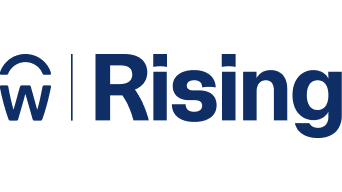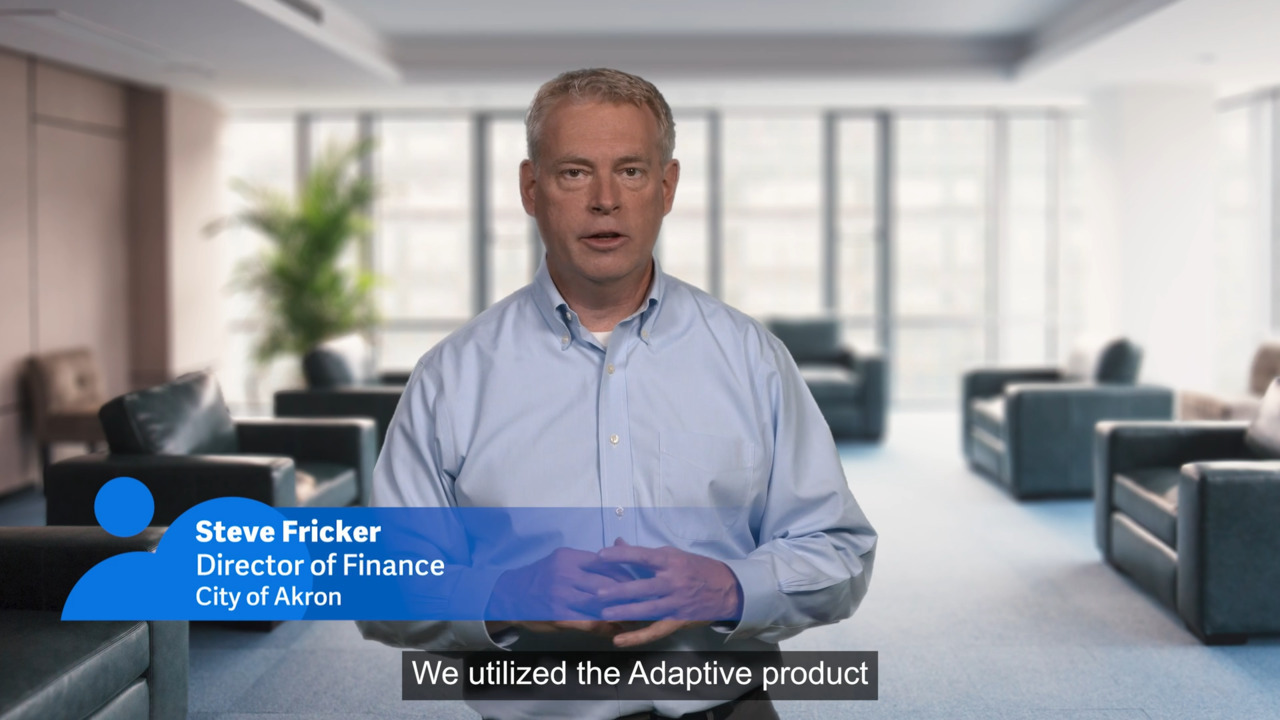With more retirement cakes being cut by the day and long hiring processes to fill those vacancies, government leaders say the biggest risks to their industry are staff and labor shortages, a Workday-sponsored IDC survey found.
Even though the public sector added more jobs in the first half of 2023 than throughout all of 2022, there’s a good reason for the industry to improve efficiency and hiring practices now: almost 30% of federal government employees will be eligible to retire within the next 5 years.
At the same time, the public expects more from government agencies than ever before, including seamless digital experiences. To deliver better customer and employee experiences, and fulfill important missions, many government agencies will say goodbye to legacy IT systems and embrace maturing AI capabilities.
“Public service organizations are recognizing some legacy systems are unable to meet the core mission. That’s a pretty clear sign that change is urgently needed,” says Ryan Gaetz, managing director, Accenture.
Here are three big trends to watch for in government in the year ahead: service delivery, talent recruiting, and management and productivity.
Governments Rethink Service Delivery, Customer Experiences with Targeted Tech Upgrades
When it comes to what people want from public service experiences, three things stand out above the rest: simplicity, humanity, and security, an Accenture study found. Unfortunately, the study also shows that accessing public services is often a frustrating experience.
One of the biggest, and most common, pain points? Having to provide the same information over and over again to various government agencies.













